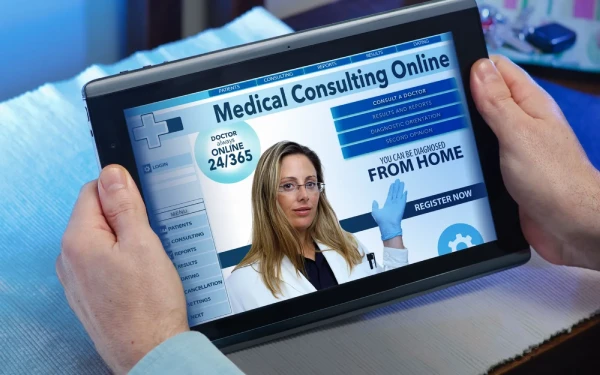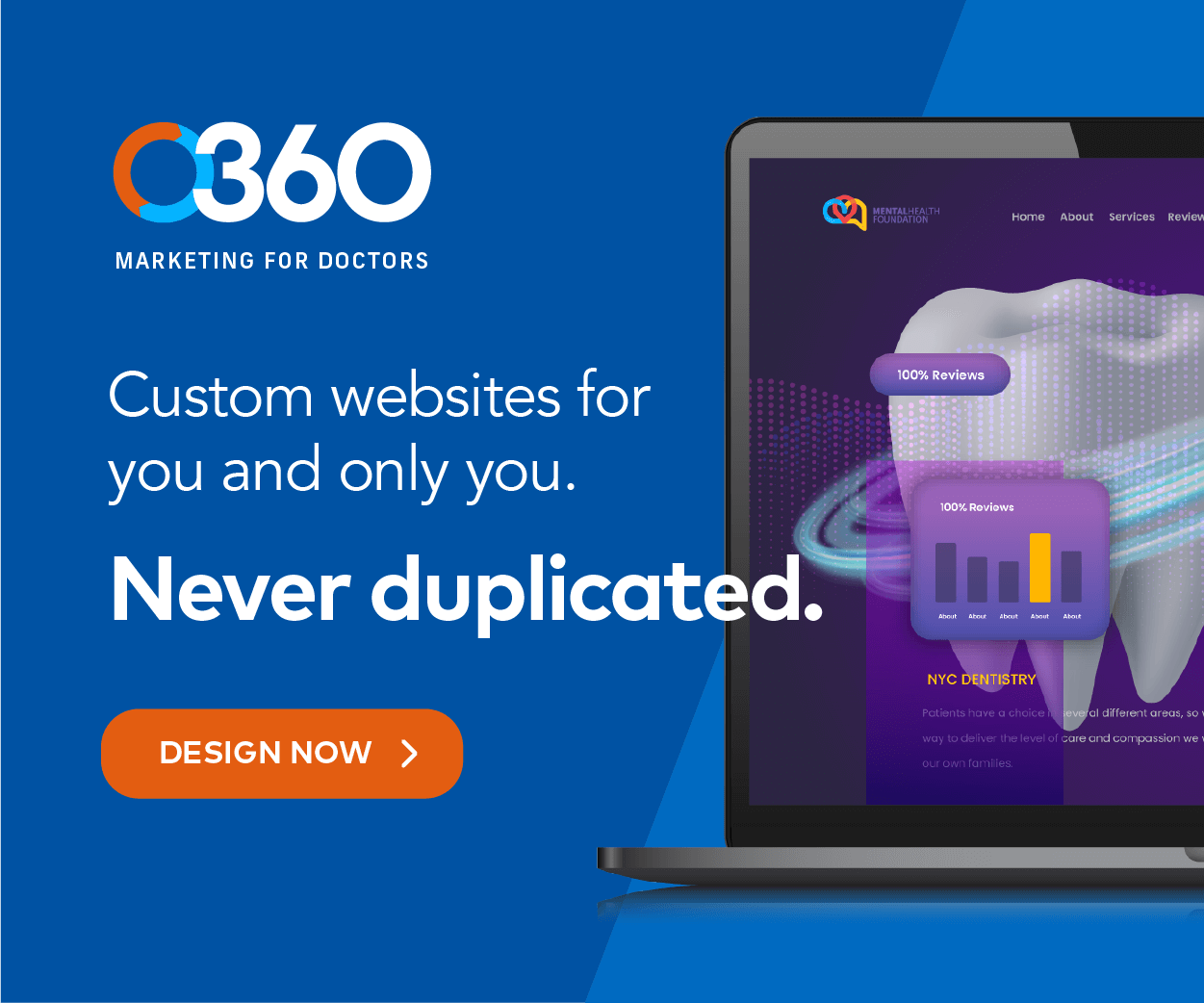
As traditional marketing techniques falter in healthcare, digital storytelling can become a key way for healthcare providers to reach out and build lasting relationships with their audiences. Through stories, medical practices can share their values, show off their human side, and make complex medical information more easy to grasp. Connecting with patients goes beyond just giving medical advice – it’s about connecting to people and their experiences, and that’s where digital storytelling shines. Below, we’ll look into how digital storytelling works in healthcare marketing, why it’s considered effective, and offer some tips on integrating it into your marketing strategy.
What is Digital Storytelling?
Digital storytelling in healthcare means using online tools to share stories about what healthcare providers do and why it matters. These stories are told using different media, such as texts, pictures, videos, and interactive content. Digital storytelling aims to showcase the value the healthcare medical practices provide to their patients, providing relevant, useful, and relatable information. By sharing stories that resonate with people, healthcare providers can work on building relationships with their audience and help foster trust and authority within their specialized field.
- Increases Patient Engagement: This form of storytelling focuses on grabbing the attention of people across the internet within your scope. It aims to speak to people who have faced health challenges and have overcome them to allow people to feel more connected with the content.
- Builds Trust and Credibility: Connecting on a deeper, personal level builds trust and credibility, helping people believe in your service and expertise.
- Makes Complex Info Simple: Not only do these stories connect personally, but they can also help convey information and make complex medical topics easier to understand. Good stories work to break down these barriers and help encourage better health decisions in the long run.
The Types of Digital Stories in Healthcare
Digital storytelling in healthcare can take on many forms. There are many stories out there to work with, and the source of the story can help serve different purposes when trying to connect with your patients and your communities. If you’re trying to develop a marketing strategy that includes digital storytelling, here’s a look at some of the types of stories you may encounter and use:
Patient Stories
Patient stories work with personal accounts from those who have received care from your practice. These stories are powerful because they show real-life examples of how your services have helped improve or changed their lives. By sharing these experiences, other patients or people outside of your practice can see the potential benefits of receiving treatment from your practice. These stories tend to focus on the patient’s challenges, the care they received from your practice, and how they’ve recovered over time through your treatments.
Provider Stories
Provider stories focus on the experiences and backgrounds of your team members. These stories can include why they’ve chosen their field of work, how they approach patient care or interesting cases they’ve handled within your practice. Sharing these stories can help personalize your practice brand and build patient trust.
Educational Stories
Education stories work to enlighten people about various health topics, procedures, and research findings and direct that information to your audience in an easily digestible, narrative format. Storytelling elements can help people learn about health conditions, treatments, and even research results to make them more easy to understand. It focuses on making valuable health information less intimidating to audiences and helps create initiatives for patients needing care.
Brand Stories
Brand stories tend to reflect your practice’s mission statements, values, and inner vision and are crafted in a more professional tone to reflect aspects of your business’s growth. This includes aspects such as your practice history, key milestones for success, and community outreach programs to help strengthen your brand’s identity and align your values with your patients.
Social Media Stories
Unlike patient stories, social media stories are quick, easily digestible stories that work to capture people’s attention quickly on platforms such as Twitter and Instagram. These stories include quick clips, images, mini-stories sharing daily happenings, quick health tips, patient shout-outs, or behind-the-scenes looks at your practice. They provide an immediate but personal touch, making your practice feel more relatable and accessible to a broader audience.
How to Create and Tell Compelling Stories

Creating and telling compelling stories in healthcare requires careful planning, creativity, and a deep understanding of what resonates with your audience. Here are some steps to help you craft stories that not only inform them but also engage with them:
- Identify the Purpose of Your Story: Before you start writing or recording, clearly define what you want to achieve with your story. Whether you want to educate, celebrate a recovery story, or share insights as a provider, knowing the purpose of your story will help guide the content and structure of the story.
- Gather Authentic Content: Draw on real experiences, conduct interviews with your patients, and collect data to support the story. This method also applies to your medical staff and partners in the care they provide.
- Write a Clear, Engaging Script: Once you have the bones of your content, writing the script can help outline and direct the story to grab the reader’s attention and make it relatable and engaging. Make sure that the script flows smoothly from introducing the problem or topic through the development or action to a satisfying conclusion.
- Use Visuals and Media: Visuals and other media sources can help bring your story to life. Visuals such as photographs, infographics explaining medical procedures, or videos of patient testimonials can make your stories more engaging and easier to understand.
- Make it Interactive: Add interactive elements to your stories, such as polls, quizzes, and surveys, to help keep your audience engaged and encourage them to participate actively in the experience.
- Share, Measure, and Learn From Feedback: Once refined and completed, share your stories based on your website and social media platforms, monitor how they perform, and look at the engagement metrics like views, shares, comments, and the feedback you receive. By gradually monitoring what works and what doesn’t, this will help you understand what works well and what doesn’t, allowing you to refine your approach and improve future storytelling efforts.
How Do Websites Become Relevant in Digital Storytelling
Digital storytelling isn’t just isolated to your social media or email campaigns – it can also be an integral part of your website. Your website is a vital tool for digital storytelling as it serves as a primary hub for your patient’s ability to interact with your practice and help learn about your treatments and services. Here’s how various elements of a website can enhance your digital storytelling efforts:
- User-Friendly Web Design: Having a user-friendly web design means that your website will be visually appealing and accessible to everyone. A visually appealing website allows people to find and engage with your stories easily, whether they’re looking for patient testimonials, blog posts, or video content.
- Patient Testimonials: Using patient testimonials on your website is a powerful form of digital storytelling, as they provide first-hand accounts of patients’ experiences with your healthcare services. Placing these testimonials on relevant pages helps you connect those success stories to your services and form a narrative around your practice’s brand identity.
- Healthcare Blogs: Your blog should be a platform for education and a place to share stories. Regular blog posts can help keep your website engaging and relevant, enhance SEO efforts, and drive more traffic.
- Online Scheduling: Using an online scheduling tool on your website can help communicate that you value patients’ time and are committed to accommodating their needs. It can also better emphasize how your healthcare practice is responsive to their needs.
- Health Risk Assessments: Health risk assessments can help assess a visitor’s risk for certain health issues based on their input. This provides relevant information for both you and the patient and a more personalized experience for them while visiting your website.
Capture Your Audience’s Attention Through Optimized360
Crafting a campaign strategy filled with storytelling can heighten your practice, but building and maintaining a dynamic digital storytelling strategy requires expertise, especially in a field as complex and sensitive as healthcare. Optimized360’s specialists can help enhance your strategy by analyzing and addressing problem areas with your websites, social media, or other aspects of your care. They also work to revamp your website for a better user experience. Optimized360 has the experience and the expertise to help you succeed, so contact them today to learn more about their services and plan options to bring your healthcare services to life.














